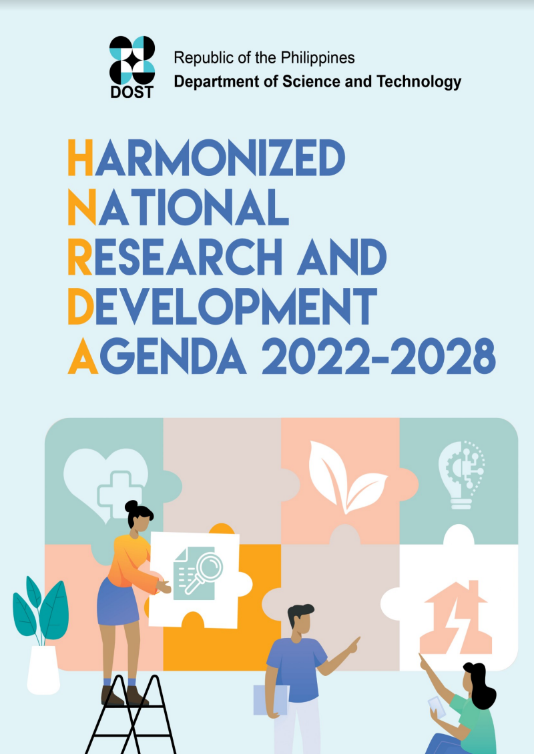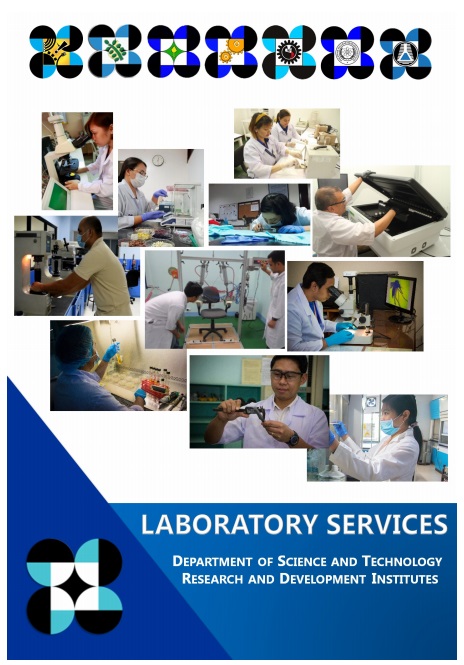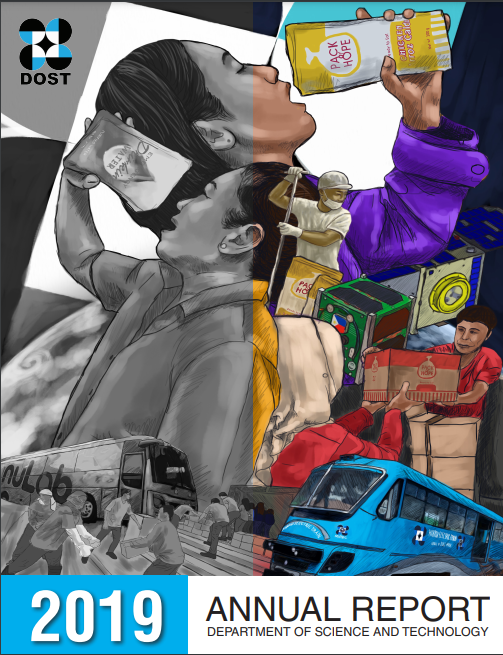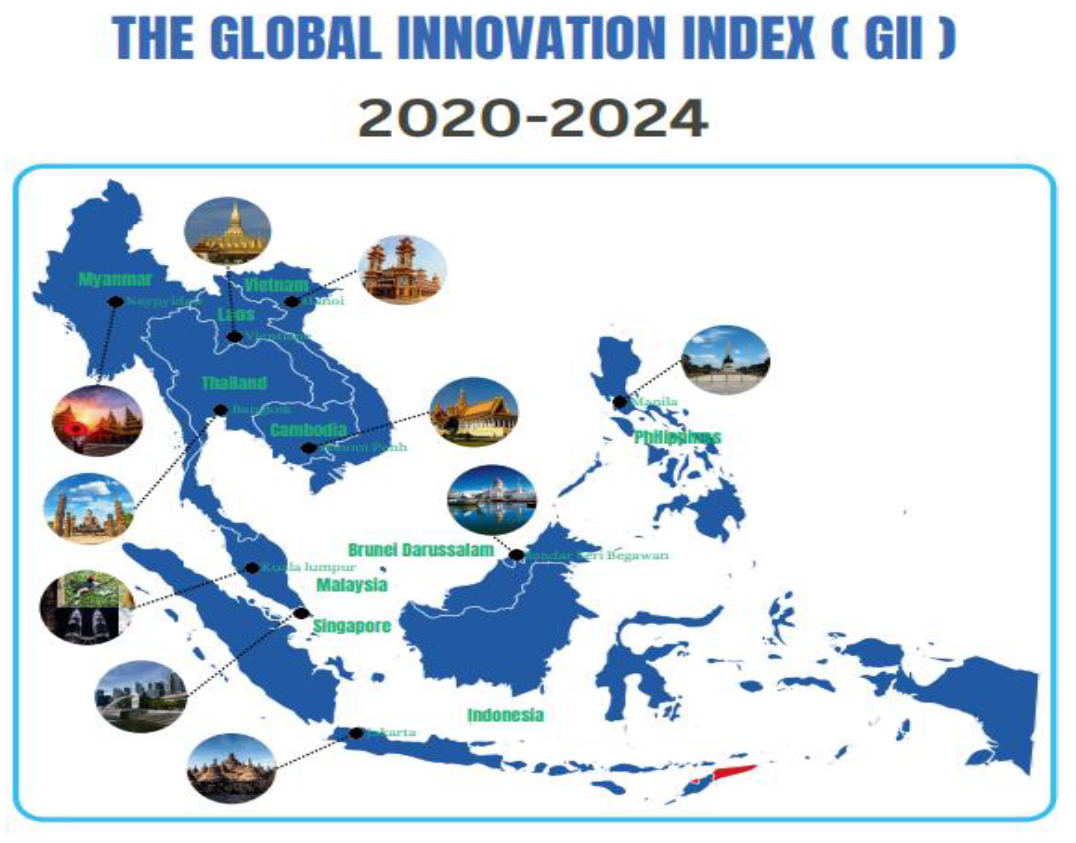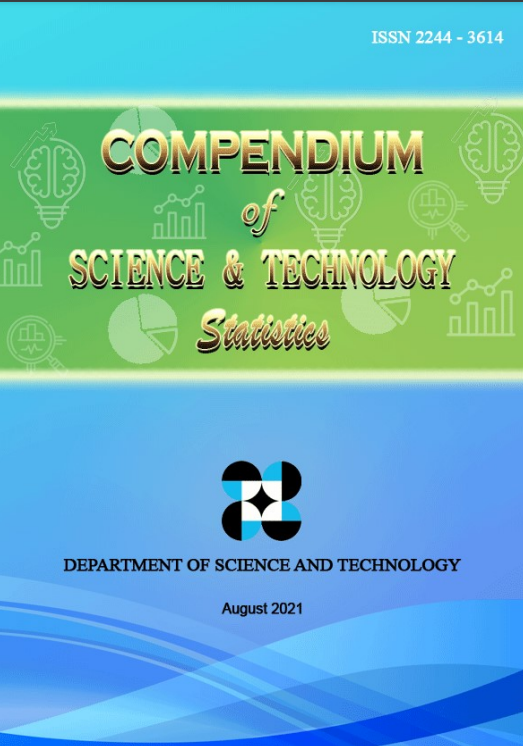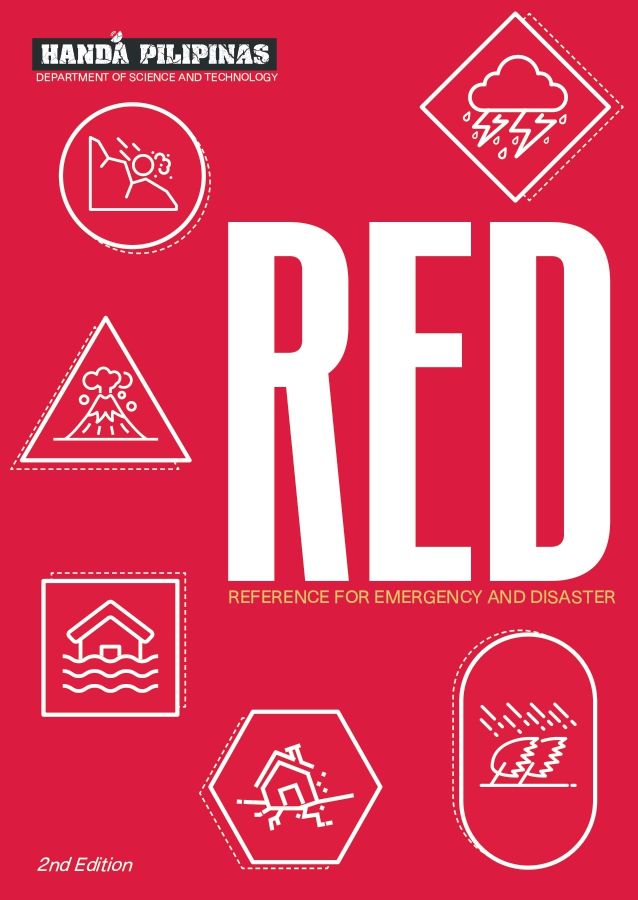Tallest 3D printed Rizal monument to rise in DOST
- Details
- Hits: 1952
By Joy M. Lazcano, DOST-STII, S&T Media Service
The tallest 3D printed monument of Dr. Jose P. Rizal will soon rise and be unveiled at the Department of Science and Technology (DOST) complex in Bicutan, Taguig to celebrate Rizal Day.
To commemorate Rizal’s 125th year of martyrdom on 30 December 2021, the DOST will lead the unveiling of the 12.5 feet tall 3D printed statue, a fitting memorial to the works and accomplishments of Rizal, not only as our national hero but also as a scientist.
Read more: Tallest 3D printed Rizal monument to rise in DOST
DOST-PHIVOLCS talks volcano hazards on Science Week
- Details
- Hits: 1418
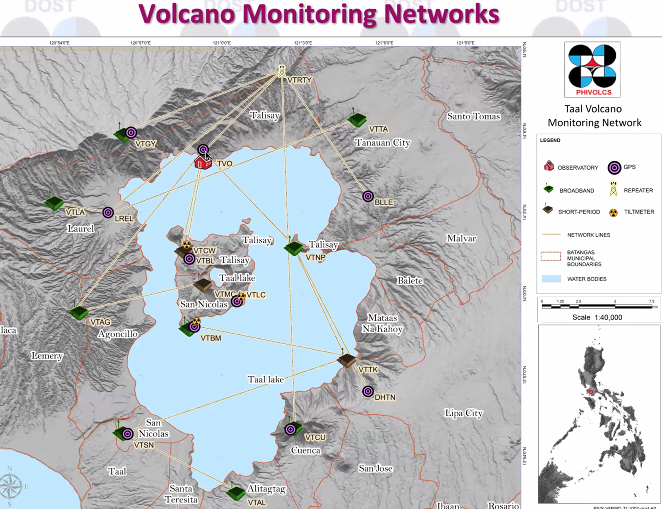 Photos shows the visual recording of the surface volcanic processes of Taal and Mayon volcanoes. (Photos courtesy of DOST-PHIVOLCS)
Photos shows the visual recording of the surface volcanic processes of Taal and Mayon volcanoes. (Photos courtesy of DOST-PHIVOLCS)
The Department of Science and Technology-Philippine Institute of Volcanology and Seismology (DOST-PHIVOLCS) is continuously monitoring active volcanoes that are under alert level status. Among the volcanoes that are reported to be showing continued activities are the Taal Volcano, which has shown no signs of respite at Alert Level 2 while Mt. Kanlaon is on Alert Level 1.
Read more: DOST-PHIVOLCS talks volcano hazards on Science Week
DOST-PHIVOLCS highlights the use of tools
- Details
- Hits: 2421
The Department of Science and Technology-Philippine Institute of Volcanology and Seismology (DOST-PHIVOLCS) highlighted the practical web-based and mobile application tools for disaster preparedness during the webinar series titled “Practical tools on Hazards Assessment for Individual and Family Preparedness” recently as part of the 2021 National Science and Technology Week (NSTW) celebration on November 26, 2021.
DOST-PHIVOLCS, together with other government agencies developed the Hazard Hunter PH, a web-based, multi-hazard assessment tool for earthquake, volcano, tsunami, and other hydro-meteorological related hazards.
PHIVOLCS says to watch out for other “Big One”
- Details
- Hits: 3616
Expert from the Department of Science and Technology-Philippine Institute of Volcanology and Seismology (DOST-PHIVOLCS) said that every region or province in the country is vulnerable to its own “Big One.” This was underscored during the second part of the webinar series conducted at the 2021 National Science and Technology Week celebration.
The Philippines, which is part of the Pacific Ring of Fire—a region around the Pacific Ocean where many earthquakes and volcanic eruptions occur—has an average of 20 recorded earthquakes per day and many active volcanoes.











